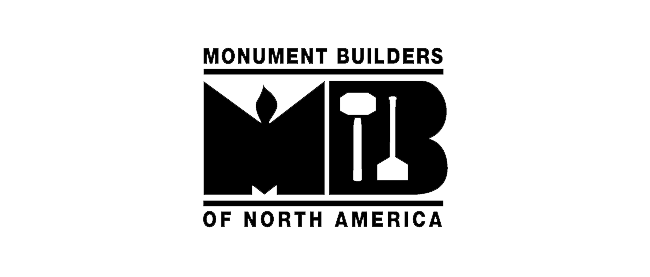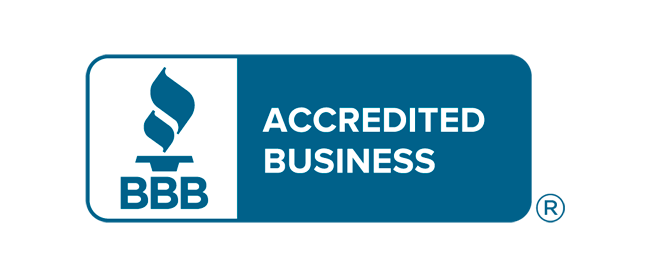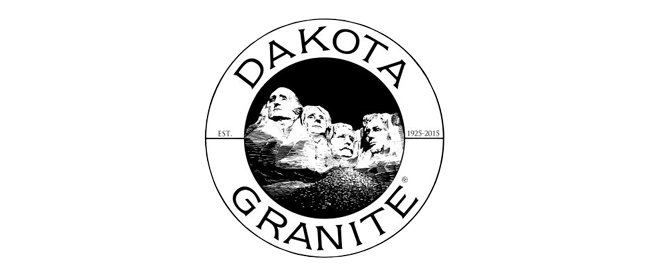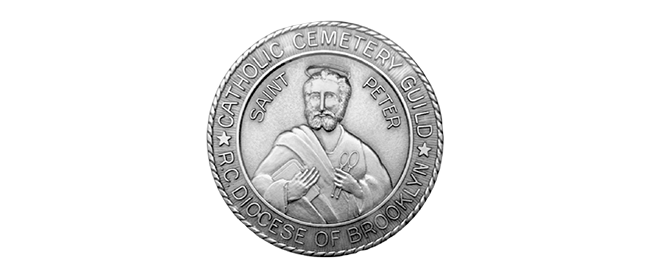6 Traditions of Eastern Orthodox Funerals
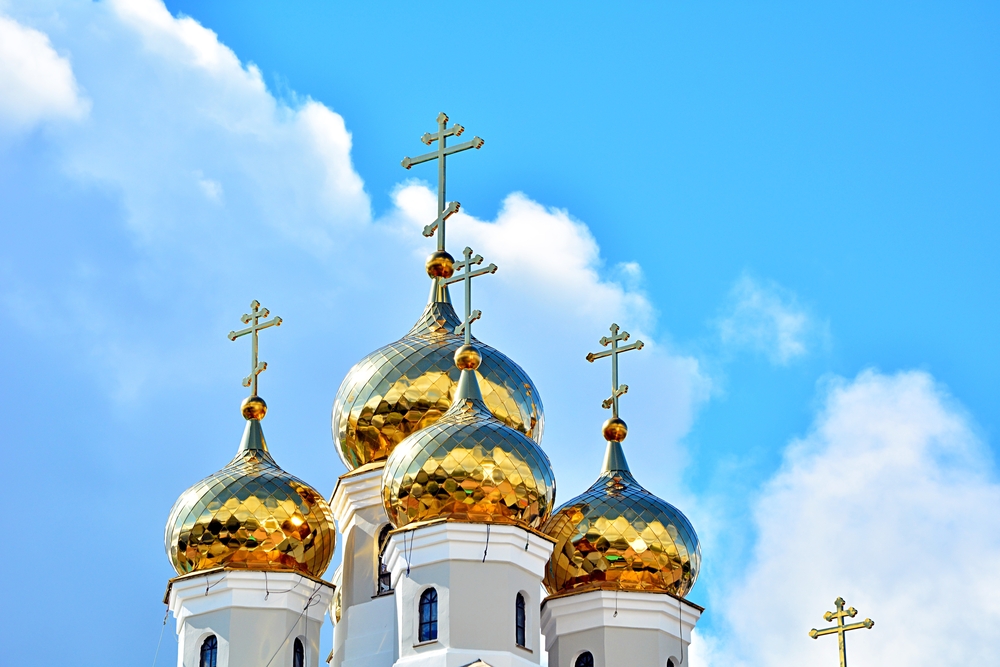
While each sect of Christianity has the same underlying belief system, the traditions can vary quite a lot. For example, Catholic funeral services are conducted by a priest, with minimal interaction from those in attendance. Protestant funeral services, on the other hand, incorporate eulogies during the funeral service before laying the body to rest alongside an upright monument. Eastern Orthodox Christians also have traditions that are wholly unique. To assist with planning a funeral monument, we have written 6 traditions of Eastern Orthodoxy.
What is Eastern Orthodoxy?
For 1,054 years, the Christian church was entirely unified, with the Roman Empire at its center. The Schism of 1054 led to the creation of the Eastern Orthodox Church, who considered themselves an entirely different entity.
The schism was not caused by a single event, but by a tension that grew throughout the years. The Eastern Orthodox Church was primarily located in Eastern Europe, with philosophies informed by Greek philosophers. This perspective informed perceptions of authority, leading church members to question their leaders. These regions were also separated by differences in language and culture, along with tumultuous political events. In its beginning, the church was associated with Byzantine culture.

The central deviance from Roman Catholicism is that members of the Eastern Orthodox Church have a strong belief in following original scripture. Another strong difference between the two was the belief that the Pope, not a political leader, should be in charge of the church. Eastern Orthodox churches emphasize the development of faith through personal experience, and less on the definition given by institutions.
Above all, Eastern Orthodox churches believe in personal prayer.
1. Tradition Immediately Before and After Death
Before even thinking about purchasing an upright monument, Eastern Orthodox Christians engage in a tradition similar to other sects. When they become aware that death is approaching, the family of the sick individual will contact a priest. This priest will then administer the Holy Communion, and also hear the final confession.
Following their death, the priest will then lead any friends and family present in prayer. The purpose of this is to release the soul into paradise.
2. Body Preparation
After the death of the individual, the next unique tradition is the preparation of the body. With a priest present, the family and friends of the deceased individual wash the body. Then, they prepare the body for burial by clothing it. Generally, veterans are buried in their service uniforms, and church members in robes. These affiliations may also be included as headstone symbols. Otherwise, the family uses their best judgement to dress the body.

3. Wake Service Traditions
Traditional wakes lasted for three days, beginning with the First Panikhida, which is a prayer service led by a priest.
During these three days, family and friends come to pay their respects to the deceased individual. Family and friends also read aloud from the Book of Psalms, in the following Panikhidas.
The wake lasts until the body of the deceased is brought to the church.
Before the wake, the family generally considers what style of upright monument they are looking to purchase.
4. Greek Orthodox Tradition
After the end of the wake, the priest leads the transport of the coffin and body to the church. During this procession, the priest leads all present in singing the Trisagion, a hymn.
After reaching the church, the priest opens the coffin. Then, he places a bowl of boiled wheat honey with a lit candle, called koliva. This liturgic tradition symbolizes the cyclicality of life, as well as the sweet eventuality of Heaven. The priest also places a crown with the Trisagion on it on the head of the deceased. Often, the priest also places a cross or other religious symbol in the hand of the deceased.
Throughout the service, all in attendance hold lit candles.

After reciting the Divine Liturgy and leading the Dismissal, the priest will recite “Memory Eternal”. They may offer Holy Communion as well. Mourners in attendance then have one final chance to say goodbye to the body. The service ends with one final rendition of the Trisagion.
5. Burial With Upright Monument
After the funeral service, the priest presides over the internment of the body. The family and friends present for the internment recite the Trisagion one last time.
6. Reception Traditions
After burying the body, the family and friends gather for a reception, during which they eat a “mercy meal.” This gives the family another opportunity to engage in a conversation about the importance of the deceased, and their contributions during life.
Upright Monuments from St. Charles Monuments
At St. Charles Monuments, we take pride in designing and crafting high-quality monuments. Regardless of religion, our experienced staff will create a fitting upright monument for your loved one.


